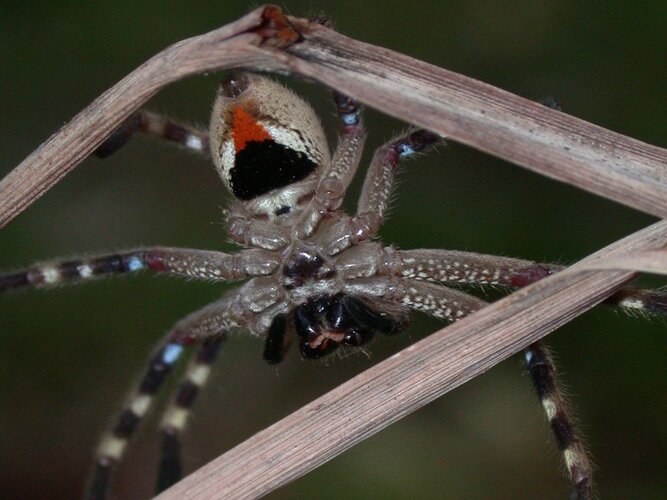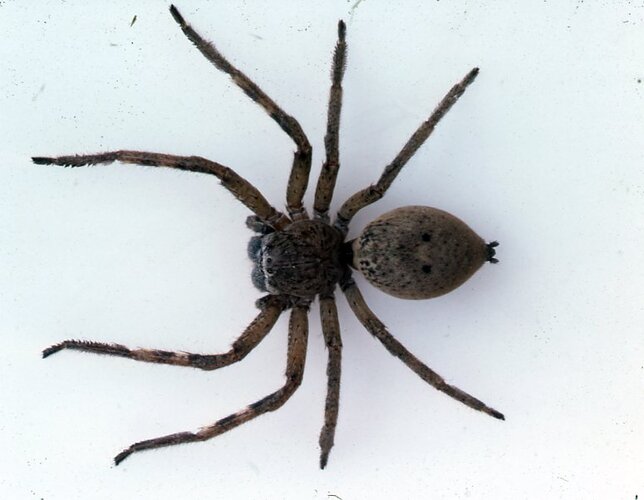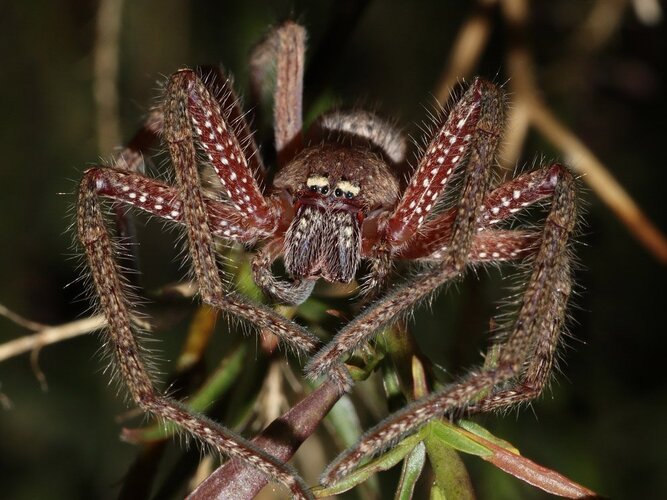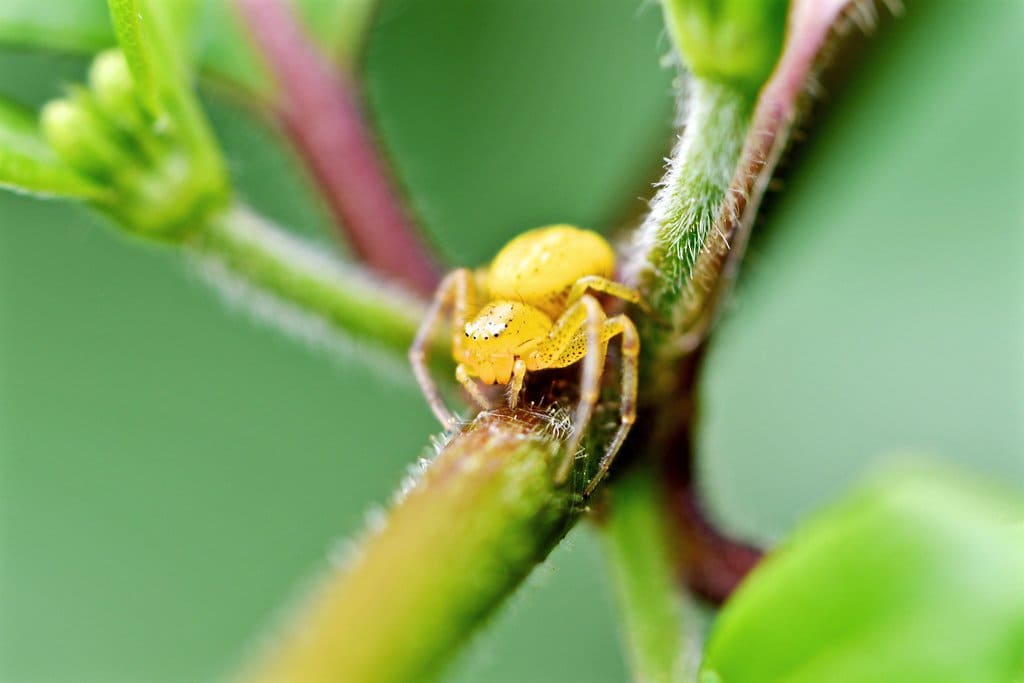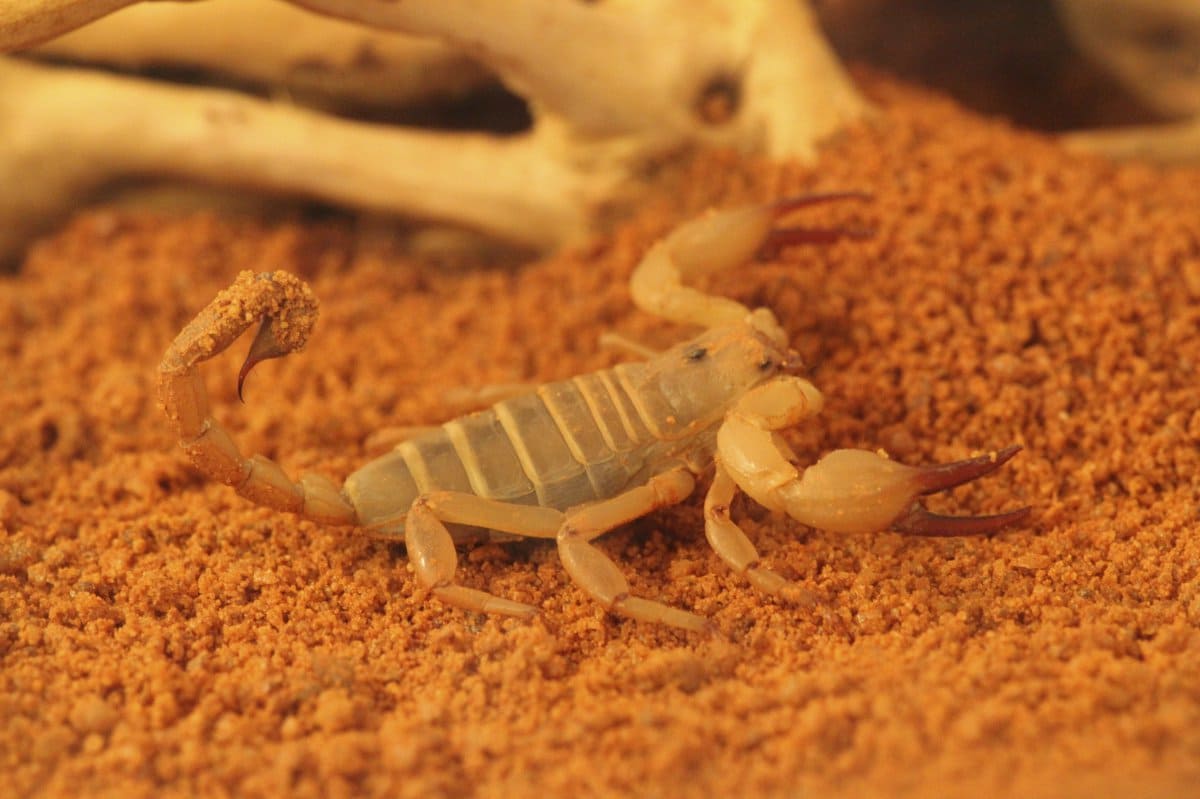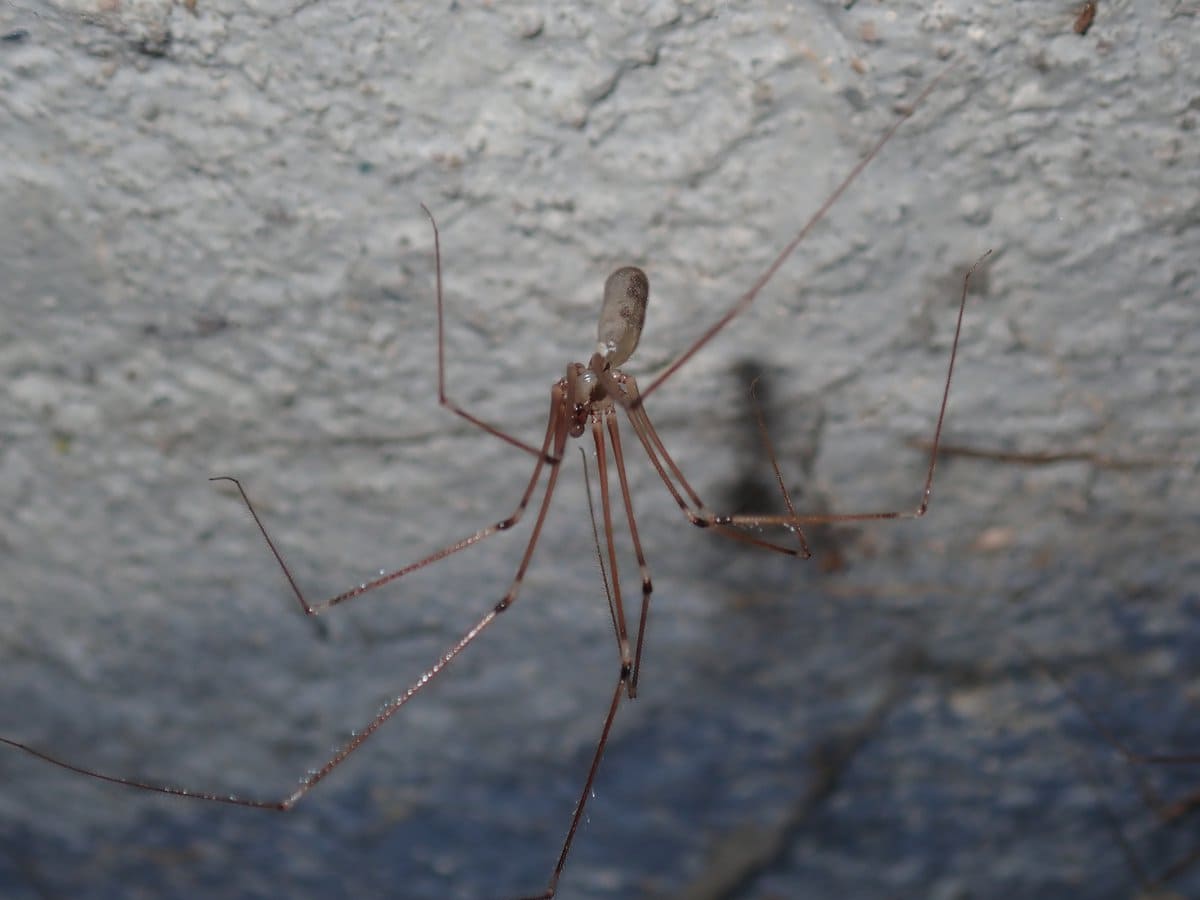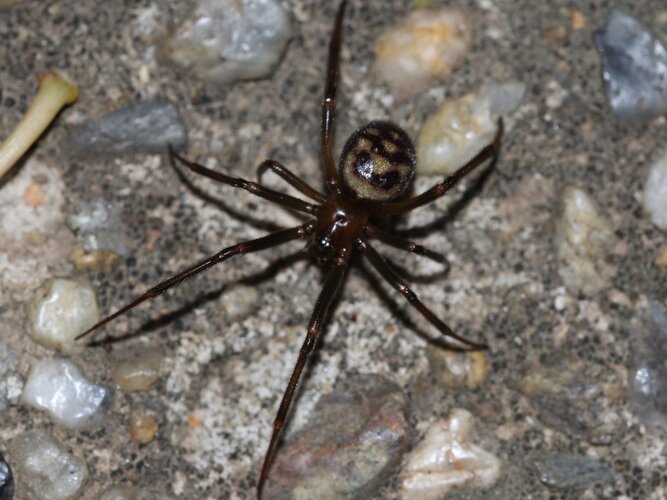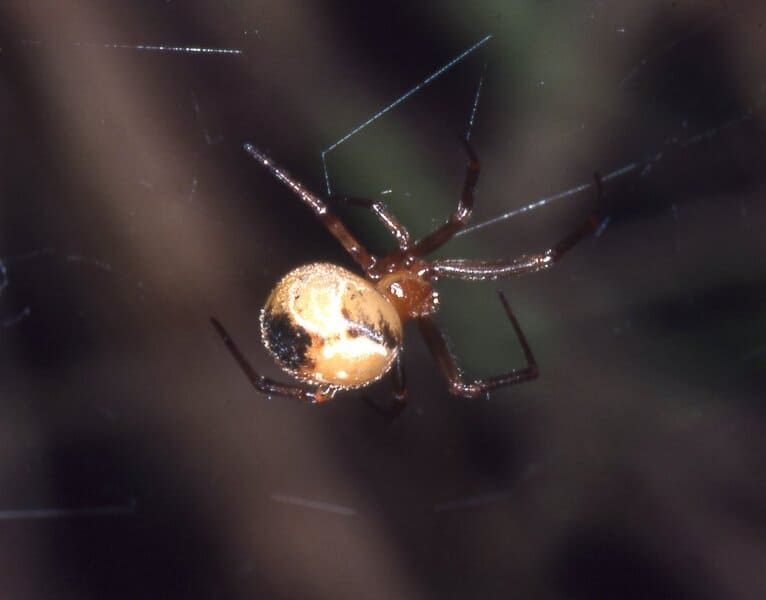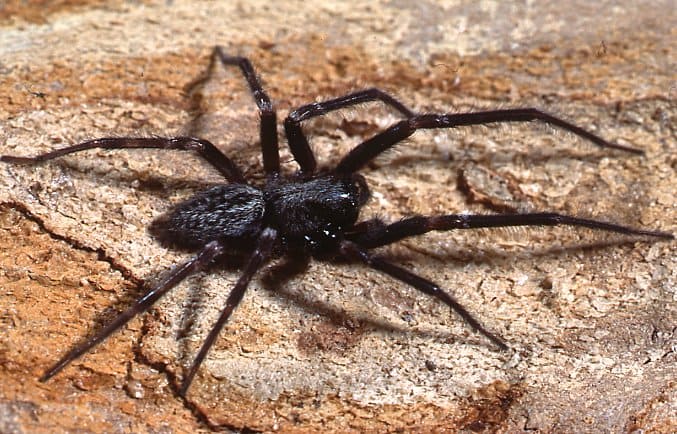Badge huntsman spiders
IUCN
LCBasic Information
Scientific classification
- name:Badge huntsman spiders
- Scientific Name:Neosparassus (family Sparassidae)
- Outline:Arthropoda
- Family:Sparassidae Neosparassus
Vital signs
- length:Females 15–25 mm; males 12–20 mm; legspan 5–8 cm
- Weight:Small–medium spiders; varies by individual
- lifetime:Approx. 1–2.5 years; females often longer
Feature
Nocturnal active hunting; rapid sideways running; female egg‑sac guarding; conspicuous ventral badge pattern.
Distribution and Habitat
Across Australia in forests, shrublands and gardens; under bark/timber and on walls/windows.
Appearance
Flattened body; laterigrade legs; grey/yellow‑brown bark mimicry; yellow/orange/red‑on‑black ventral patch.
Details
Badge huntsman spiders primarily refer to the Australian genus Neosparassus in the familySparassidae. The name “badge” comes from the bright, contrasting ventral patches on the abdomen that are often displayed as a defensive signal.
Ecology & Biology
Activity: mostly nocturnal; by day they hide under bark, foliage, stones or around eaves and gaps.
Foraging: active cursorial hunters of insects and other arthropods, capable of rapid sideways runs on trunks and walls.
Reproduction: females spin a silken egg sac and frequently guard eggs/young; defensive behaviour increases during brooding.
Identification
Build: flattened body with laterigrade (side‑oriented) legs—a hallmark of Sparassidae.
Colours: grey/yellow‑brown bark‑mimicking patterns; ventral “badge” with yellow/orange/red against black in many species.
Size: females typically 15–25 mm body length (males 12–20 mm); legspan 5–8 cm.
Range & Habitat
Widespread across Australia in forests, shrublands and urban gardens; frequent under bark, timber stacks, fences and on indoor walls/windows.
People & Safety
Medical relevance: generally minor to moderate—bites cause local pain/redness/swelling. Clean the site, cool‑pack and observe.
House encounters: often wander indoors at night; use the cup‑and‑card method to gently relocate them outdoors.
IUCN: group‑level entry; most species are unassessed. Marked here as Not Evaluated (NE).
FAQ
Q1. Why “badge” huntsman? Many species show bright ventral patches displayed in threat posture—resembling an emblem or badge.
Q2. Do they build capture webs? No. They are wandering hunters, though they use silk for retreats and egg sacs.
Q3. Will they jump onto people? They run rather than jump; sudden movements may trigger a quick dash along walls—keep calm and guide them out.
Q4. How to reduce indoor visits? Seal gaps/screens, tidy wood piles and garden clutter; relocate individuals outdoors when found.

